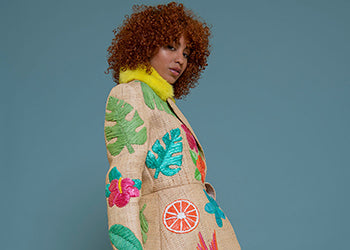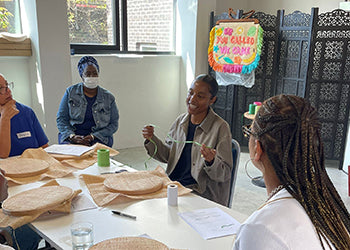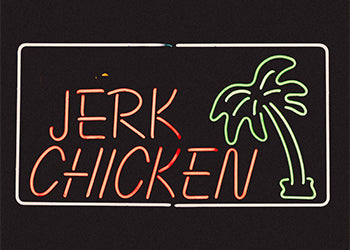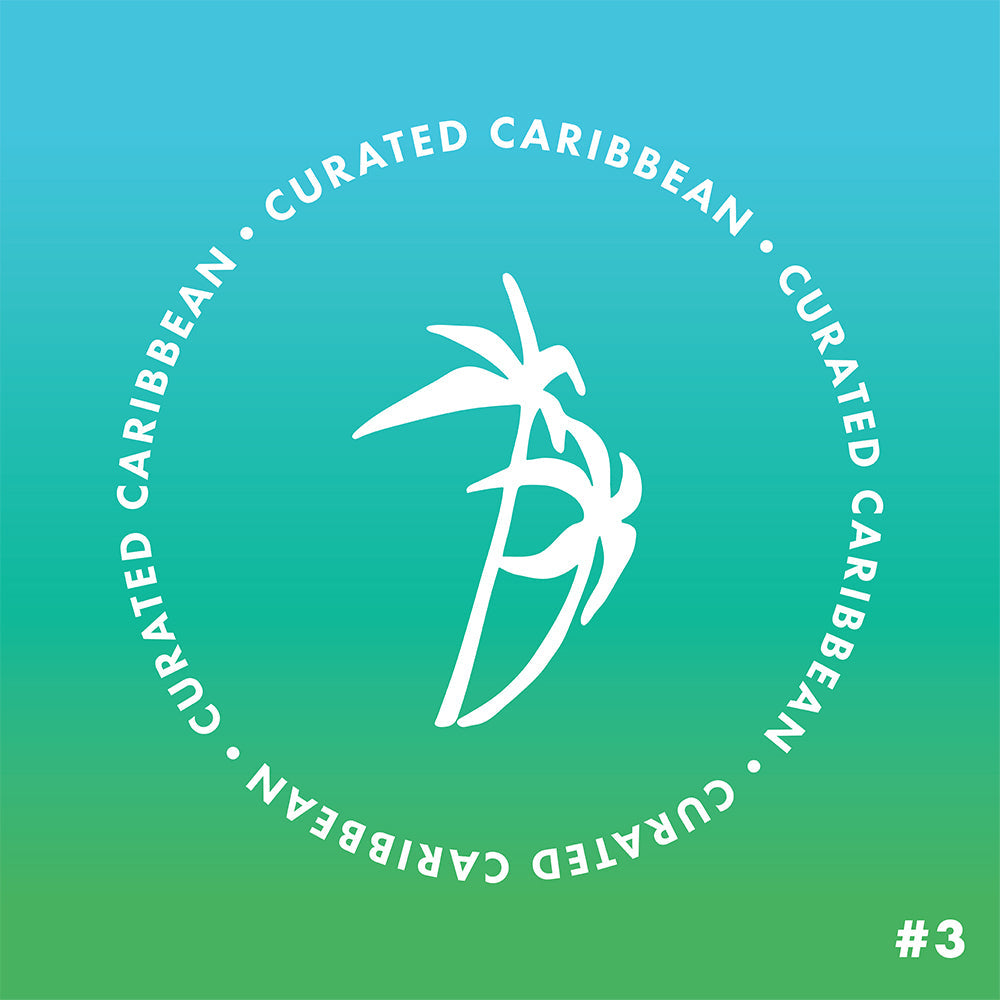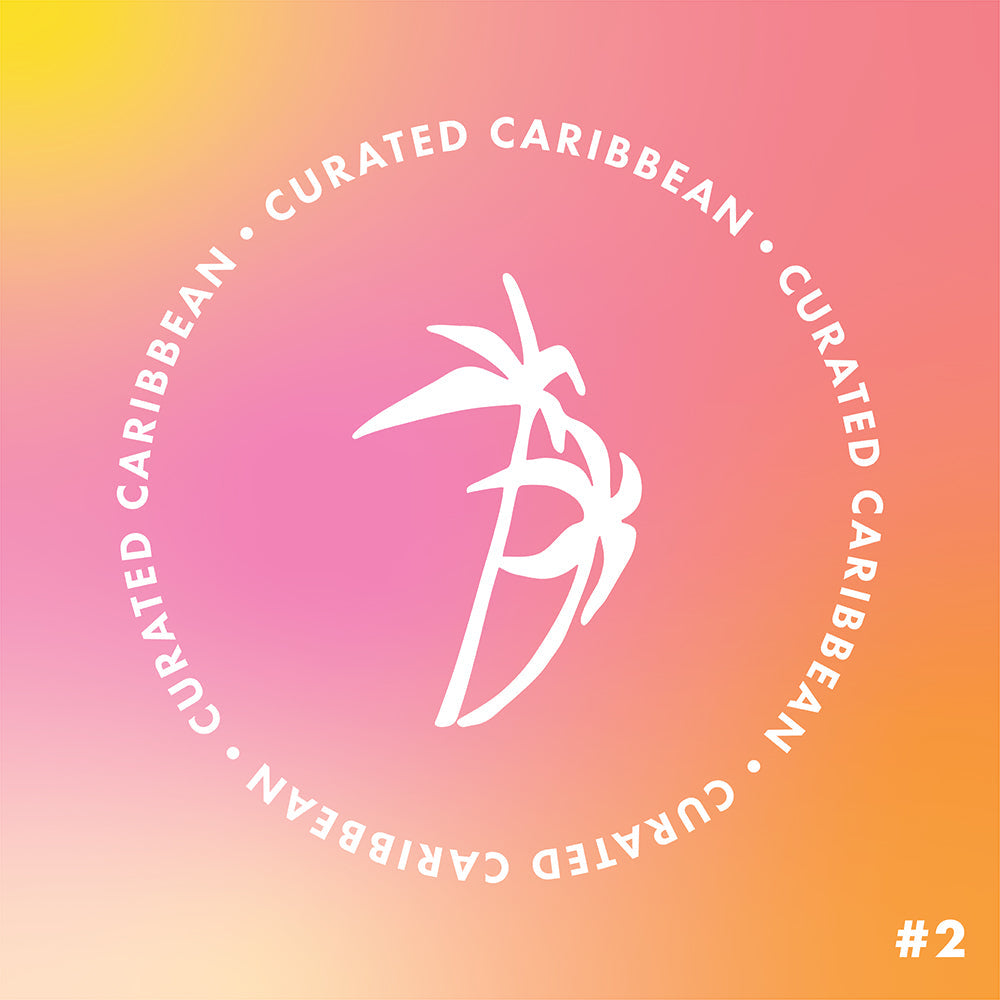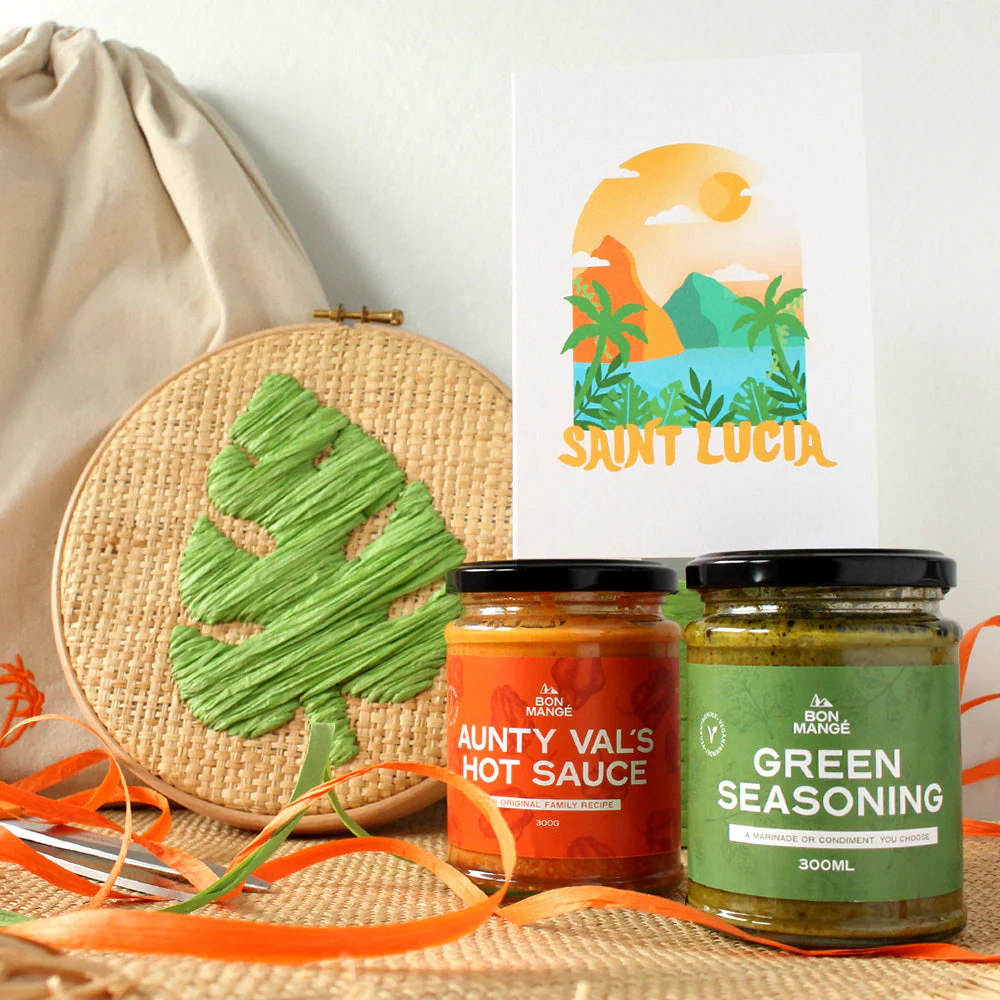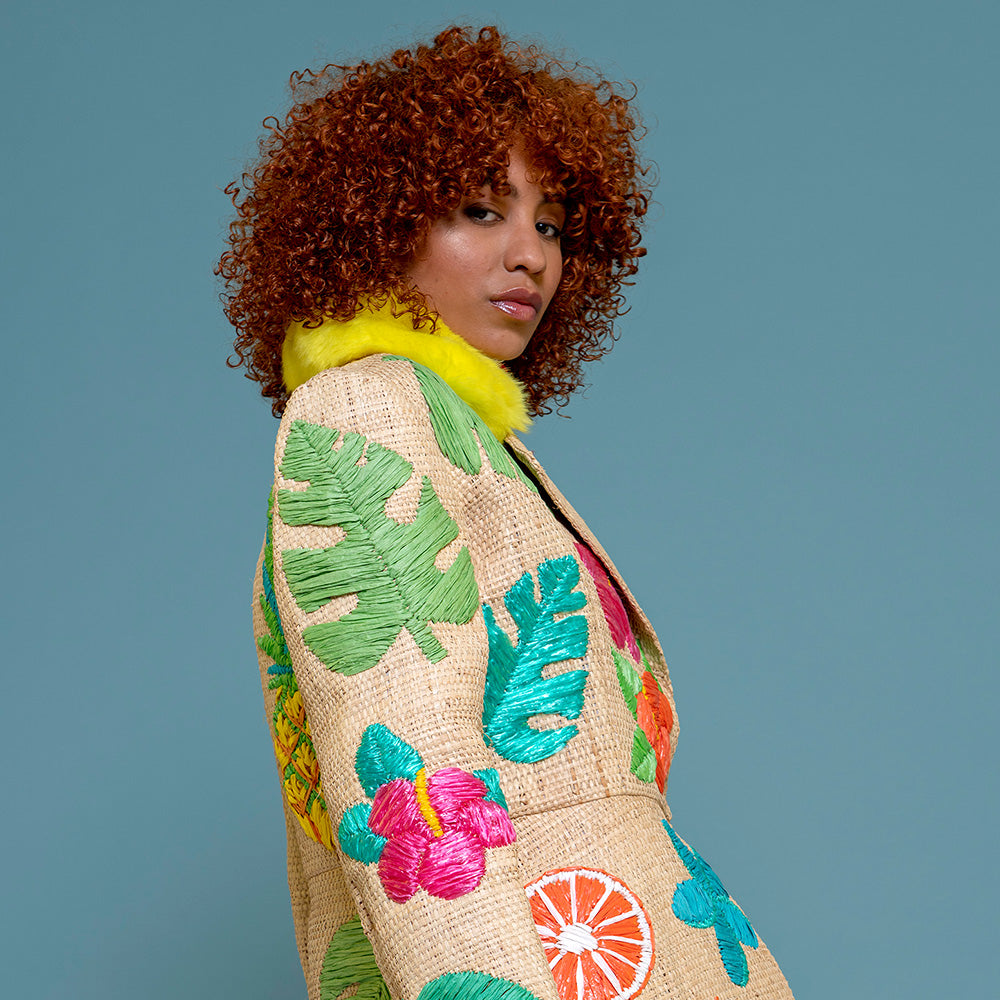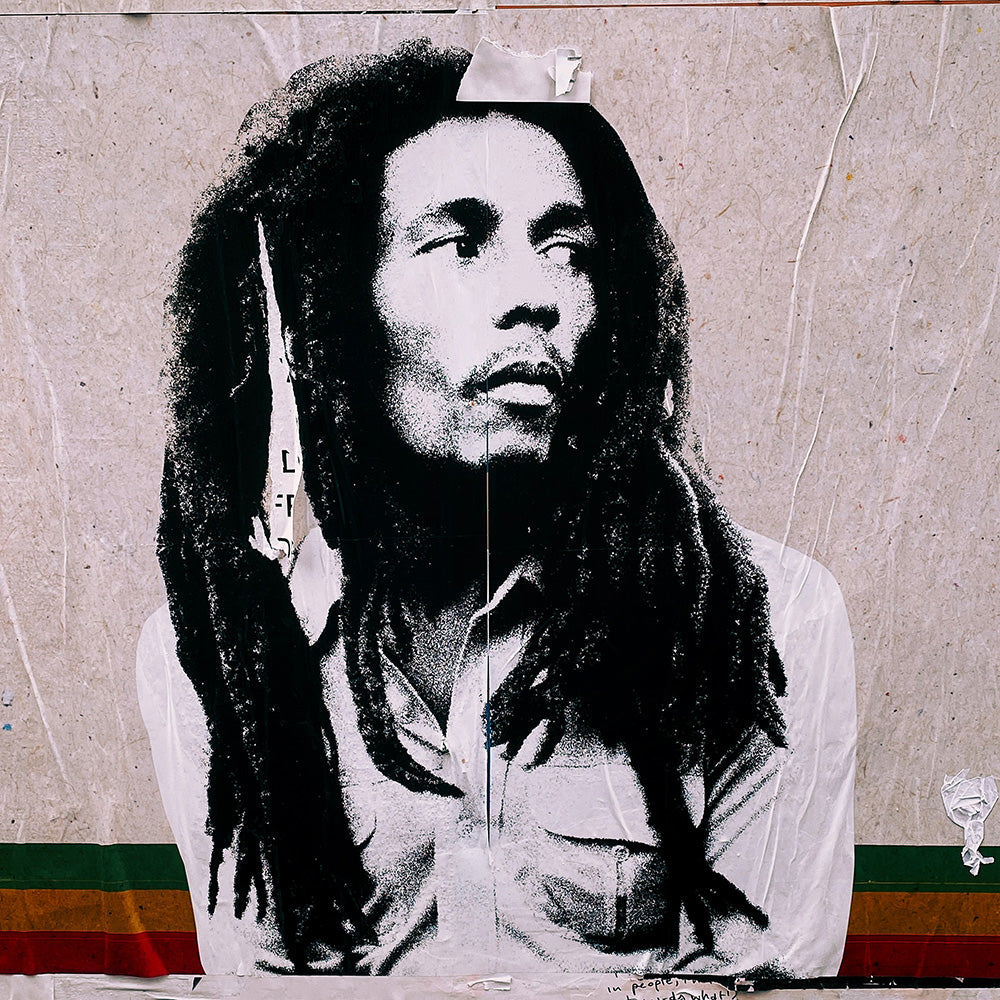
Caribbean music is the heartbeat of the region. It’s joy, resistance, celebration, and storytelling all put together into rhythm and song. From the upbeat tempo of soca to the soulfulness of reggae, there is so much to learn about the music of the Caribbean.
Growing up in London with Caribbean heritage, the music of the Caribbean surrounded me from family parties to my Grandad’s car radio when he drove me home from primary school. I have always enjoyed Caribbean music, but until now, have not known much about its history and significance.
Table of Contents
A Musical Journey Through Caribbean History
The story of Caribbean music begins centuries ago, heavily influenced by migration and colonialism – the mixing of cultures. Enslaved Africans brought rich music traditions from Africa, which when blended with European instruments and Indigenous influences, created entirely new sounds.
What Are the Different Caribbean Music Types?
There’s no single sound of the Caribbean. Although there are similarities, and shared sounds, every island and nation has its own musical style, and each one plays an important role in the region’s cultural identity.
Calypso Music: Witty Lyrics and Carnival Vibes
Originally from Trinidad and Tobago, calypso music uses storytelling to reflect on everyday life, politics, and addresses social and political issues. Although Calypso music features ‘bouncy beats’, catchy melodies and is sometimes considered to be light-hearted music, Calypsonians use their music and lyrics to spread serious messages. Early Calypso music was often challenging authority, and colonial oppression. During colonial times, calypso music was used to resist again British rule and campaign for social change.

Calypso music can be traced back to West African traditions. Kaisos (an early form of calypso music) were performed by a griot (also known as a chantwell), who told stories through music and song, often commentating on social issues. During colonial times, their lyrics would usually mock slave masters and would be performed at the festival of Canboulay.
Glossary
Griot: The name for a local storyteller, historian, and musician; a local bard (poet) that preserves oral traditions and histories through song and music.
Canboulay: A festival considered as the predecessor of the Trinidad and Tobago Carnival we know today. It's a celebration of resistance and emancipation, particularly for formerly enslaved people who were banned from joining in the elite’s celebrations. Canboulay involved drumming, dancing, and singing. It is thought to have played a significant role in the development of steelpan music.
Notable Calypsonians:
Mighty Sparrow
Lord Kitchener
Attila the Hun
The Mighty Terror
Macbeth the Great
Calypso Rose
Lord Invader
Lord Cristo
Mighty Duke
Lord Kitchener
Singing Sandra
🎶 Listen To 🎶
"Jean and Dinah" by Might Sparrow
Social commentary on life in Trinidad in the post-World War II era. Learn more.
Steel Pan Instrument: A Symbol of the Caribbean
Created in Trinidad and Tobago, the steel pan (also called steel drums or simply ‘pan’) can trace its history back to the colonial history of the Caribbean.
After emancipation in 1834, the formerly enslaved would participate in Trinidadian Carnival activities. However, British colonial authorities would target them with restrictive government bills, ultimately leading to percussion being banned in 1881.

In response to this, people improvised and created non-traditional percussive instruments using scrap metal, dustbins, metal containers and bamboo stamping tubes. The ‘Tamboo Bamboo’ bands that were created because of this improvisation are thought as the precursor to modern steel bands.
The steel pan was first created in Trinidad and Tobago in the 1930s, when it was recognised that the convex dent at the base of metal drums could be tuned to distinct musical pitches and could be used to produce melodies. These first steel pans evolved into the instrument that we see today.
The steel pan is now a staple of Carnival celebrations and has become a symbol of the Caribbean and is the only musical instrument that was invented in the 20 th century.
Soca Music: The Soul of Calypso
Born from Calypso in 1970s Trinidad, Soca is another genre of Caribbean music which means the ‘(So)ul of (Ca)lypso'. It is a fusion of African, Caribbean, and South Asian music styles.
Whilst Calypso music offers social and political commentary on current affairs and everyday life, Soca is more focused on dance, energy, celebration, and a ‘feel good’ vibe. However, some Soca music still has an element of social commentary.
Soca was developed by Lord Shorty in the 1970s as the younger generation were losing interest in Calypso, favouring Jamaican Reggae, and Soul and Funk from the United States. It was originally spelled ‘Sokah’ reflecting the East Indian influence, however newspaper error meant it was printed as ‘Soca’, which has stuck to this day.
The first law of soca is "It's dancing time all the time"
Since its inception in the 1970s, Soca has become one of the dominate genres in Trinidad and Tobago and the Caribbean region. As a genre it is one of the key sounds of Carnival with Soca artists producing new music during the Carnival season.
Mento: Jamaican Folk Music
Mento is a style of Jamaican folk music that was prominent during the 1940s and 1950s that significantly influenced Ska and Reggae music. Mento usually featured acoustic instruments like acoustic guitar, bongo, banjo, and the rhumba box.
Mento is similar to the Trinidadian music of Calypso as it also features witty topical lyrics with social commentary, however it is important to note that they are distinct musical styles.
This style of Jamaican music was influenced by the enslaved Africans brough to the islands as well as European folk culture. The enslaved were sometime made to perform European folk songs, and over time they infused their own musical styles of traditions from Africa which led to the development of Mento.
Ska Music: Made for Dancing
A style of music that originated in Jamaica in the late 1950s, Ska is a music style that influenced Rocksteady and Reggae. Ska is a fusion of the earlier styles of Mento and Calypso, and the American Jazz and Rhythm and Blues that were popular at the time via imported records and radio broadcasts from Miami and the US South. Ska music is upbeat and exciting – perfect for dancing. Bands usually include bass, drums, keyboard, guitar, trombone, saxaphone and trumpet.
In the early 1960s, Ska was the leading music genre in Jamaica and became popular with other communities around the world, notably communities in Britain. The history of Ska can be divided into three periods: the original 1960s Jamaican scene, the 1970s English 2 Tone Ska revival and the 1980s-1990s popularity in the US.
Reggae Music: Jamaica’s Global Message
Reggae music is likely the most known genre of Caribbean music worldwide. Reggae music developed in 1960s post-war Jamaica. Like many other aspects of Caribbean culture, Reggae evolved from a mix of cultures and musical styles, for example, Mento, Calypso, Ska and Rocksteady. It is thought that the origin of the term “Reggae” is from the 1968 single "Do the Reggay" by Toots and the Maytals.
In the early years of post-independence in Jamaica in the 1970s, ‘Roots’ Reggae was closely associated with Rastafarian culture, helping to transform Jamaica’s national identical to one that is proud of its African heritage. Roots Reggae helped to recall the historic struggles of Jamaican people and condemned inequalities and injustices.
Since the 1970s, Reggae music (and its sub-genres like roots, lover’s rock, dub, and dancehall) has spread worldwide, with the Bob Marley at the forefront.
Reggae has been recognised by UNESCO and was added to the list of the Intangible Cultural Heritage of Humanity in 2018.
Notable Reggae Artists:
Desmond Dekker
Bob Marley
Jimmy Cliff
Toots and the Maytals
Burning Spear
Peter Tosh
Dancehall: Bold, Bass-Driven and Unapologetic
Dancehall is a style of music that branched off from Reggae in the late 1970s in Kingston, Jamaica. Reggae music is more mellow, whereas dancehall turns up the volume, is faster paced and is more likely to be played at a dance club. Dancehall’s popularity has produced various dance moves like the "Bogle", "Dutty Wine" and "Pon Di River".
Some people consider Dancehall to be the most popular music in Jamaica, and it has influenced all different styles of music genres all over the world.
Notable Dancehall Artists
Beenie Man
Elephant Man
Vybz Kartel
Mr. Vegas
Sean Paul
Popcaan
Shabba Ranks
Mavado
Lover’s Rock: Romantic Reggae
Another style of music originating from Reggae is Lovers Rock. It is a style of Reggae music that is distinguished by its romantic sound and lyrics, it also has some influence from American music genres like soul and R&B.
This style of Reggae was given its name in 1970s London by The Lover’s Rock label, founded by Dennis Harris. Differing from roots reggae, Lover’s Rock was dominated by female artists and male artists of the genre were able to show themselves in a softer light.
🎶 Notable Lover’s Rock Songs 🎶
"Silly Games" by Janet Kay
"Caught You in a Lie" by Louisa Mark
"Falling in Love" by Beres Hammond
“I Will” by John Holt
“Money in My Pocket” Dennis Brown
Zouk: Smooth Island Grooves
Over in the French-speaking Caribbean, islands like Guadeloupe and Martinique brought us Zouk that emerged in the early 1980s. The word itself is from French Antillean Creole and means ‘to party’, but some people believe it is a creolised version of the Polish word ‘mazurka’, meaning ‘dance’. Zouk music is influenced by a variety of Caribbean musical styles and features synths and drum machines alongside Afro-Caribbean rhythms and percussion.
The band Kassav', founded in 1979, played an important role in popularising zouk.
Kompa: Haitian Dance Music
Kompa is a modern méringue-based dance music that originated in Haiti in the mid-20th century. It evolved from méringue de salon, a Haitian dance music style inspired by European contra dance. Kompa was popularized by Nemours Jean-Baptiste and the band, Ensemble Aux Callebasses, later known as Ensemble Nemours Jean-Baptiste.
Traditional Kompa features brass instruments like the saxophone, trumpet, and trombone, the slower rhythms of méringue de salon, and the beats of tanbou, a barrel drum from Haiti. Modern kompa (compas nouvelle generation) replaces the traditional instruments with electronic equipment, like synthesisers and drum machines, as well as adding elements of hip-hop and reggae.
Notable Kompa Artists
Alan Cavé
Boukman Eksperyans
Michel Martelly
Nu-Look
Orchestre Tropicana d’Haiti
Caribbean Christmas Music: Traditions with a Tropical Twist
The Caribbean region brings its own rhythm to the festive season. From Trinidad’s parang (a traditional folk music genre) to reggae versions of holiday classics, Caribbean Christmas music is joyful and distinctly tropical.
Why Caribbean Music Matters
From researching these different genres of Caribbean music, it’s clear to see how important music is to the region helping generations to express pride, love, resistance, and unity. Whether on the streets of Kingston or at Carnival in Port of Spain, Caribbean music is vital in helping to connects people to their roots and to each other.
And today, the influence of Caribbean music is everywhere, from pop songs to fashion runways. Artists from across the globe sample Caribbean beats and cover timeless Caribbean songs. Music is truly one of the Caribbean’s greatest exports, and it has influenced culture and music all over the world.
Influence of Caribbean Music in the United Kingdom
The arrival of ‘The Windrush Generation’ in the 1940s to the 1970s led to large communities of Caribbean people forming, mostly in the working-class areas of cities like London, Liverpool, Birmingham, and Bristol. These communities brought their music with them, introducing British audiences to different Caribbean music genres.
An example of British culture embracing Caribbean music is the skinheads. The skinhead subculture, made up of predominantly working-class youths, bonded over their love of ska music at first (although the skinhead culture was taken over by racist groups in later years).
Reggae influenced punk bands like The Clash and The Sex Pistols in the 1970s, which was another example of Caribbean music’s influence in Britain.
Overtime, Caribbean music started to influence mainstream genres like pop and rock. Examples include:
"Roxanne" by The Police
"I Shot the Sherriff" by Bob Marley covered by Eric Clapton
"Do You Really Want to Hurt Me" by Culture Club
In more recent times, the influence of Caribbean music genres can be seen in genres like jungle, drum and bass and dubstep.
Influence of Caribbean music in the UK was explored in great detail in the 2024 British Library exhibition ‘Beyond the Bassline: 500 Years of Black British Music’. Although the exhibition has ended, you can read about it in the book and watch videos from the events on YouTube.
Influence of Caribbean Music in the United States of America
The influence of Caribbean music can be seen in the creation of hip hop music in the USA. Caribbean migrants arrived and settled in places like New York City in the early-mid 20 th century. Hip Hop music was influenced by the Caribbean (mostly Jamaican) style of ‘toasting’ (talking over a rhythm or beat). Many famous hip hop artists were from Caribbean backgrounds like DJ Kool Herc, The Notorious B.I.G and Grandmaster Flash.
Influence of Caribbean Music in Canada
Caribbean music has had a particular influence on Canada’s urban centres like Toronto. With the arrival of Caribbean immigrants in the mid-20th century, genres like reggae, calypso, soca, and dancehall found new audiences in Canadian communities, shaping local music scenes and youth culture. Festivals such as Toronto’s Caribana have become iconic celebrations of Caribbean heritage and is North America's Largest Caribbean Carnival with over a million attendees every year. Artists of Caribbean descent have also left a mark on Canadian music, blending Caribbean sounds with hip-hop, R&B, and pop to create new styles.
Influence of Caribbean Music in Japan
Reggae music is very popular in Japan. It is thought to have been originally introduced to the country in 1979 when Bob Marley and The Wailers toured in the country. Over time it has led to the establishment of a homegrown Japanese reggae scene, with over 300 reggae groups or sound systems in the country. Jamaican culture has also been further embraced by some Japanese people adopting the food, dance and even the Rastafarian religion and lifestyle.
Caribbean Top Songs to Add to Your Playlist
The sound that inspires the design - transport yourself to the Caribbean with our ‘Take Me To The Islands’ playlist on Spotify featuring some of the Caribbean Top Songs.
Caribbean Sounds, Everyday Inspiration
Here at Tihara Smith, we are inspired by the beauty and vibrancy of the Caribbean in everything we create - from stationery to accessories. The same culture that gave us Calypso and Steel Drums also influences our vibrant colours, prints, and designs!
Take the Caribbean with you - explore our Caribbean inspired designs, where Caribbean culture, creativity, and nature come together in thoughtfully designed pieces. Whether you're looking for a distinctive gift or something special for yourself, there's a little piece of the Caribbean waiting for you!
Sources and Further Reading
Why Caribbean Music is Good For You
The Subversive Power of Calypso Music
How the Windrush Generation transformed British arts and culture
Japan’s unexpected relationship with reggae
Something About This Music: A Concise History of Soca
What is Zouk music? A brief history
Beyond the Baseline: Lover’s Rock
Related Products
This blog post is a result of my research and passion for the Caribbean. While I strive for accuracy, I’m only human, so if you spot any outdated or incorrect information, please email me at hello@tiharasmith.com. Your input will be much appreciated and help keep this content accurate and useful for everyone.

